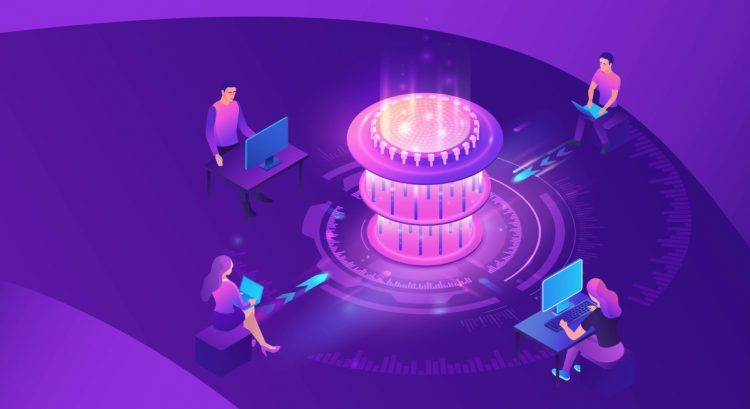The Google Quantum Virtual Machine can be used in research and education to speed up coursework and projects.
Google has made its Quantum Virtual Machine available to the public free of charge in a bid to help people learn quantum programming skills.
The tech giant’s Quantum Virtual Machine emulates the experience and results of programming on one of the quantum computers in its research labs, from circuit validation to processor infidelity. And now everyone can see for themselves how it works.
Quantum computing merges computer science and quantum physics, two of the most important scientific developments of the 20th century.
Unlike a classical computer that uses binary bits, which can be either one or zero, a quantum computer uses quantum bits, or qubits, which can be one, zero or both at the same time. This means quantum computers can solve certain types of problems much faster than a conventional computer.
Google is working on applying quantum computing to AI and machine learning. Lots of tasks in these areas rely on solving hard optimisation problems or performing efficient sampling, which quantum computing could be very effective at.
Catherine Vollgraff Heidweiller, Google’s Quantum AI product manager, explained in a blogpost that her department has a long history of making its research tools accessible to the public.
“The race is on to build fault-tolerant quantum computers and discover new algorithms to apply them in useful ways,” she wrote.
“For all the aspirations of quantum computing, the reality is that unlocking its potential to solve real-world problems is as challenging as building the quantum computers themselves. This got us thinking, how can we empower more people to join us on the quest to discover quantum algorithms and applications?”
By making the Quantum Virtual Machine freely available, the public can equip themselves with the quantum programming skills they need for application development.
“We hope that you will find the Quantum Virtual Machine useful while exploring quantum computing, whether for research or education,” Heidweiller added.
“For educators and their students, the QVM makes it possible to complete coursework and projects on a top quality processor, without running into the long and unpredictable queues that are common in the industry.”
The Quantum Virtual Machine can be deployed instantly from a Colab notebook. Once deployed, the program can be run on a grid of virtual qubits. Users can use Cirq 1.0, the newly released version of Google’s open-source quantum programming framework, to build their program.
10 things you need to know direct to your inbox every weekday. Sign up for the Daily Brief, Silicon Republic’s digest of essential sci-tech news.
Source by www.siliconrepublic.com





























